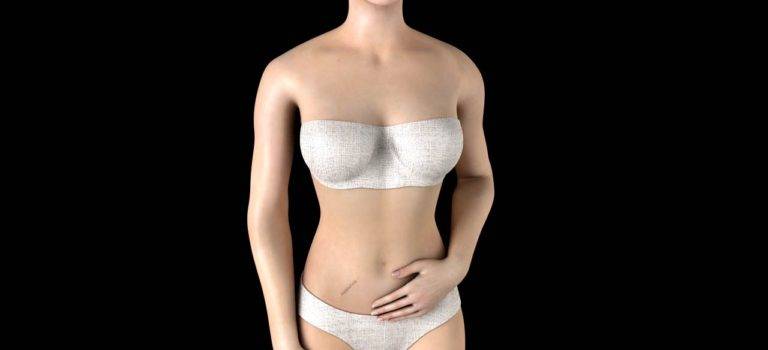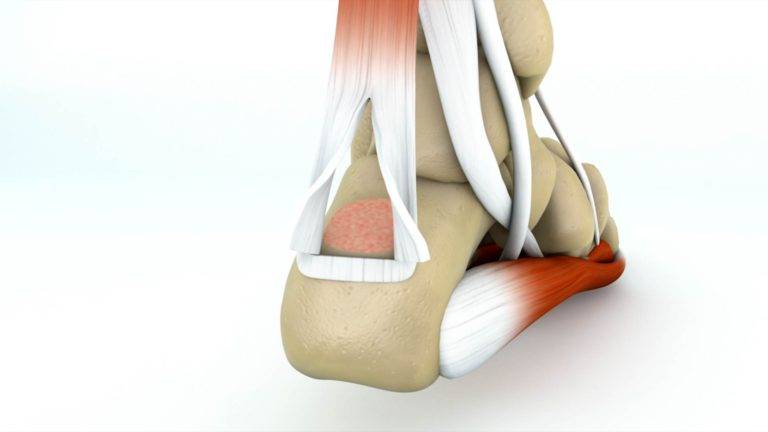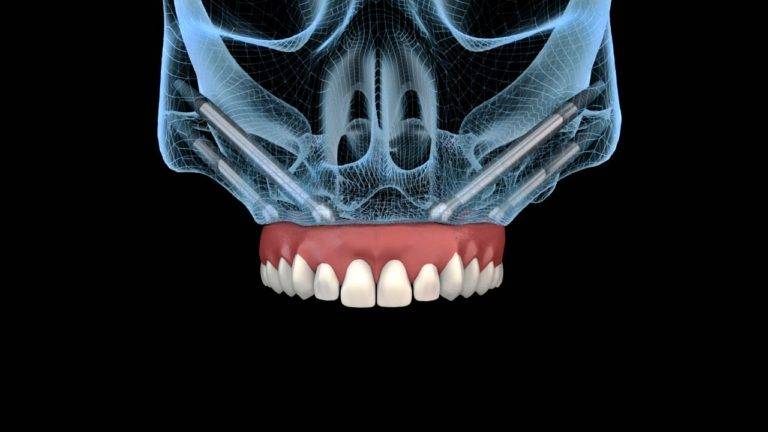The choice between a short 3D medical animation and a long 3D medical animation depends on the specific goals and needs of the project, as well as the intended audience.
Here are some key differences between the two:
Duration
Typically short animations, often ranging from a few seconds to minutes in length. They are concise and focus on presenting a specific concept or idea quickly.
Long animations can be several minutes in length. They provide a more in-depth exploration of a medical topic, allowing for a comprehensive examination of complex processes or procedures.
Complexity
Short 3D Medical Animation tends to be less complex and is often used for brief explanations or visualizations of basic medical concepts or simple procedures.
Longer animations can delve into greater detail and complexity, making them suitable for explaining intricate medical processes, surgical techniques, or detailed anatomical structures.
Audience and Purpose
Short animations are often used for patient education in clinics or online resources, medical marketing materials, or as brief visual aids during medical presentations. They are designed for quick comprehension.
Long 3D animations are commonly used in medical training, medical documentaries, research presentations, or for educating healthcare professionals. They cater to audiences who require a deeper understanding of the subject matter.
Production Time and Cost
Due to their shorter duration and lower complexity, small animations are generally quicker and more cost-effective to produce.
Longer animations require more time and resources for development, including detailed modeling, scripting, voiceovers, and editing, which can increase production costs.
Engagement
Short 3D medical animations are designed to capture the viewer’s attention quickly and maintain their interest for a brief period. They are optimized for viewer engagement in a short timeframe.
Long 3D medical animations aim to provide a comprehensive and immersive educational experience. They are better suited for viewers who are willing to invest more time in learning about a medical topic.
Using a short 3D animation effectively involves considering your goals, target audience, and the context in which you plan to use it.
Clearly define the purpose of the animation. What specific message or information do you want to convey?
Is it for patient education, marketing, a presentation, or some other purpose?
Understand who your audience is. Consider their level of prior knowledge and their specific needs or questions related to the medical topic. Tailor the animation to resonate with your audience.
Since it’s a small animation, focus on one key message or concept. Avoid overwhelming the viewer with too much information. Keep it concise and to the point.
Create a storyboard or script to plan the sequence of visuals and narration. Outline the key scenes, transitions, and the flow of information.
Invest in high-quality 3D modeling and animation to ensure that the visuals are clear, engaging, and accurately represent the medical concept. Use realistic textures, lighting, and camera angles to enhance understanding.
Depending on the context, you can include a voiceover narration or on-screen text to explain the content. Make sure the narration is clear, concise, and easy to understand, especially if you’re targeting a non-expert audience.
Consider using visual metaphors or analogies to simplify complex medical concepts. Relating the medical information to something familiar can aid in comprehension.
If your animation is intended for a diverse audience, consider accessibility features such as subtitles, translations, and audio descriptions for visually impaired viewers.
The key to using a shirt 3D animation effectively is to make it informative, engaging, and relevant to your audience’s needs.
Using a large 3D medical animation effectively involves careful planning and consideration of your objectives, target audience, and the context in which you intend to use the animation.
Clearly define the goals of the animation. What specific medical topic, procedure, or concept are you trying to explain or educate people about?
Are you using it for medical training, research, patient education, or another purpose?
Understand your audience’s level of expertise and prior knowledge regarding the medical topic. Tailor the animation to cater to the specific needs and expectations of your audience.
Create a comprehensive script that outlines the narration, dialogue, or explanations that will accompany the animation. Develop a storyboard that maps out the sequence of scenes and visuals.
If necessary, collaborate with medical experts or professionals who can ensure the accuracy and medical relevance of the content. Accurate medical information is crucial in large 3D medical animations.
Invest in high-quality 3D modeling and animation to ensure that the visuals are detailed, realistic, and engaging. Pay attention to anatomical accuracy, textures, lighting, and camera angles.
Incorporate a clear and engaging narration or on-screen text to explain the content. Ensure that the explanations are well-structured and easy to understand, especially if the animation is intended for a diverse audience.
For long 3D medical animations, consider incorporating interactive elements, such as clickable annotations or simulations that allow viewers to explore different aspects of the topic.
Make the animation accessible by providing subtitles, translations, and audio descriptions for visually impaired viewers. Consider localization for different languages and regions if applicable.
Using a large 3D medical animation effectively requires a comprehensive approach that combines accurate medical information with engaging visuals and effective storytelling.





























